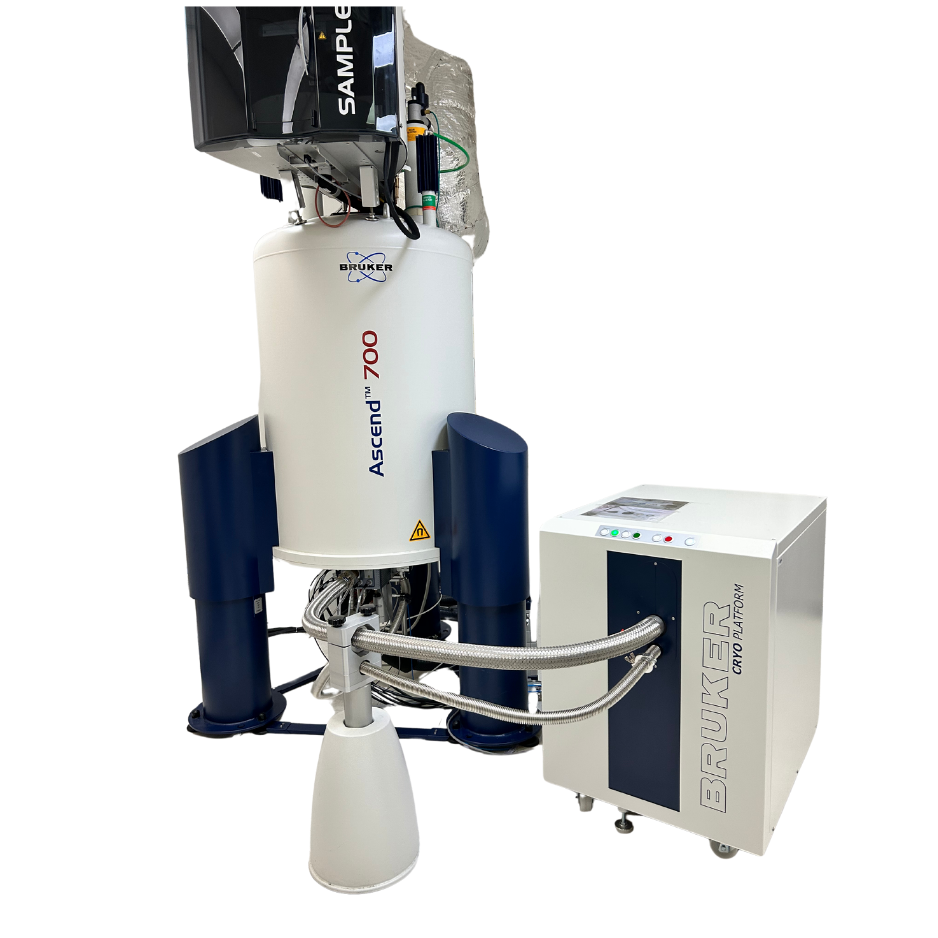What is Metabolomics?
Metabolomics is the study of small molecules called metabolites. Metabolomics is an emerging field of “omics” research specializing in the near-global analysis of small-molecule metabolites (1500 daltons) found in living organisms. Metabolomics is applicable in many disciplines including disease diagnostics, agriculture, food and safety, and pharmaceutical research and development, just to mention a few. The use of metabolomics allows for the discovery of biomarkers, which in turn leads to the development of improved screening methods. Here are some examples of what the field of metabolomics can do:
- identify and quantify new chemical biomarkers associated with diseases and disease symptoms;
- assess the physiological effects of drugs or foods on human health;
- characterize the precise chemical composition of biofuels and biofuel feedstock, including metabolites, lipids, and carbohydrates;
- assist in the metabolic engineering of both microbes and plants;
- facilitate the design, testing, monitoring, and optimization of microbial fermentation processes;characterize the precise chemical composition of biofuels and biofuel feedstock, including metabolites, lipids, and carbohydrates;
- comprehensively characterize the phytochemical and nutrient content in plants.

Targeted vs Untargeted Metabolomics
There are two approaches to metabolomic analysis: targeted and
untargeted.
Targeted: Metabolites, known a priori, are defined
by the biological problem and may represent a class of molecules or
a specific pathway.
Untargeted: This type of analysis involves
identification and quantification of as many metabolites as
possible.


Equipment Used for Metabolomics
Depending on the project, a variety of equipment and techniques may be used in metabolomic analysis. For information on all the equipment used by the Wishart Node, go to our Equipment page.




NMR: Nuclear magnetic resonance spectroscopy is a non-destructive method for analyzing 3D structure and molecular dynamics. It is a powerful spectroscopic technique that measures radio-frequency radiation absorption by nuclei within a chemical compound. Radio-frequency pulses of energy are applied to the sample. These pulses encourage the nuclei to move away from their equilibrium and start to rotate around the axis of the magnetic field. Each atom in the molecule interacts with the other atoms in a unique way when different combinations of pulses and delays are applied. The result is information about the structural and chemical properties of certain molecules. The Wishart Node uses the Chenomx NMR Suite Professional v. 6.0 for identifying and quantifying individual compounds based on the respective signature spectra compiled in libraries. Employing targeted metabolite profiling, Chenomx NMR Suite currently offers identification and quantification of more than 300 compounds from 1H NMR spectra of complex analyte mixtures. For the conducted experiments, samples are analyzed in D2O by 1H NMR. Proton (1H) NMR can detect any metabolites containing hydrogen. One significant downside of NMR-based metabolomics is that this technique is not as sensitive as GC-MS- or LC-MS-based techniques and often requires sample amounts on the milligram or sub-milligram level. Recent advances in modern NMR instrumentation, though, such as introduction of microcoil NMR probes, clustering first-stage preamplifiers, and application of cryogenic probes, bring sensitivity of NMR analyses to the nanogram level.

LC-MS: The Wishart Node has liquid chromatograph-mass spectrometry instrumentation capable of tandem quadrupole, ion trap, time-of-flight (TOF), and quadruple time-of-flight (Q-TOF) analysis for both targeted and untargeted studies.

GC-MS: Historically, gas chromatography-mass spectrometry, used for analyzing lipids, drug metabolites, and environmental analysis, has been considered the gold standard. GC technology is used for metabolomics studies in animals and humans with the aim of toxicology and biomarker discovery, disease diagnosis and classification. It is highly sensitive and able to detect almost any organic compound. One of the advantages of GC-MS is that the identification is based on both a retention time and a mass spectrum (a compound’s specific fragmentation pattern). Compounds produce reproducible fragmentation patterns when ionized by a fixed electron voltage (usually 70 eV), making the technique particularly valuable for identification and quantification for small molecules as it means it is instrument-independent and allows databases to be created and shared between users. The NIST 08 Mass Spectral Library is one of the most widely-used GC-MS reference libraries. It contains more than 220,000 electron ionization mass spectra for a wide variety of metabolites. Reproducibility and robustness of the GC-MS methodology allows quantitative detection of analytes, unlike proteomic mass spectrometry which tends to be more qualitative.

ICP-MS: Inductively coupled plasma mass spectrometry is a specialized type of mass spectrometry that detects metals and some non-metals. ICP-MS works by ionizing the sample with inductively coupled plasma, then uses a mass spectrometer to separate and quantify the ions. This method excels in speed, precision, and sensitivity.